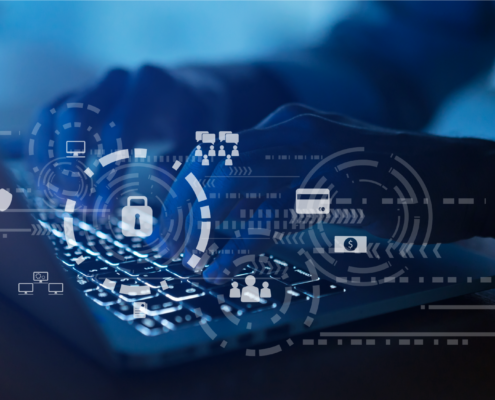Managing cybersecurity concerns and networking requirements can be challenging for many healthcare facilities. Working with a company that can provide comprehensive networking, security, and educational services for the healthcare industry can allow your facilities to navigate the online world safely and efficiently. Your IT partner should offer a full lineup of services tailored to suit your facility’s needs, including educational sessions, compliance programs, cybersecurity assistance, and networking options for your staff and residents. Meriplex is a leader in the online security field and can create a customized lineup of services designed with your unique set of needs in mind.
At Meriplex, we offer comprehensive cybersecurity services designed to assist senior living facilities with all aspects of their information technology needs. We can provide educational programs to help your staff and residents protect themselves more effectively from cybercriminals in the modern online world. If you are looking for a dependable partner for your community, we are here to help you with cybersecurity, networking, cloud infrastructure, compliance and ongoing IT support for your senior living community. Contact us online or give us a call at 1-832-937-9838 to discuss your needs with one of our team. At Meriplex, we can provide the right solutions for you now and in the future.



